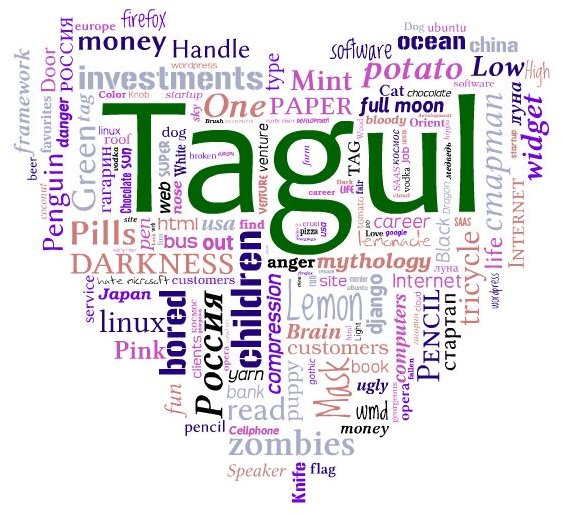
By incorporating a well-designed word cloud into your presentation, you can add a memorable element that helps to emphasize your message.Īnother benefit of using word clouds in presentations is that they can help you to identify key themes or trends within your data. People are naturally drawn to visually interesting displays, and word clouds are no exception. Word clouds are also effective at capturing attention and keeping your audience engaged.

By using a visual representation of the topic or data, you can help your audience to quickly grasp the key points. One of the key advantages of using word clouds is that they can help you to convey complex ideas or data in a way that is easy to understand. The Benefits of Using Word Clouds in Presentationsīefore we dive into the details of creating a word cloud in PowerPoint, let's take a moment to discuss the benefits of using this tool in your presentations.


The options that TagCrowd does give you are: language, maximum number of words, minimum frequency of words, show frequencies, group similar words, convert to lowercase, and exclusion of certain words. There aren’t many options as far as styling goes - unlike some of the other generators we’ll be looking at - but it could not be simpler. Simply paste the text or URL, or upload a file to TagCrowd and it will create a blue word cloud for you. TagCrowd is, perhaps, the simplest of all these generators to use, and one of the few generators that can create a word cloud from a URL. There are thousands of ways to create a word cloud, but these are a few simple generators that can help you out when you need a word cloud in a hurry. Word clouds take the most frequently used words in a block of text and create a visual where the most frequently-occurring words appear larger, and smaller words are smaller. If you’re in a pinch and need some kind of visualization to go along with a presentation or project, a word cloud can be an easy fix. A word cloud created with Tagul using the words from this blog post!


 0 kommentar(er)
0 kommentar(er)
